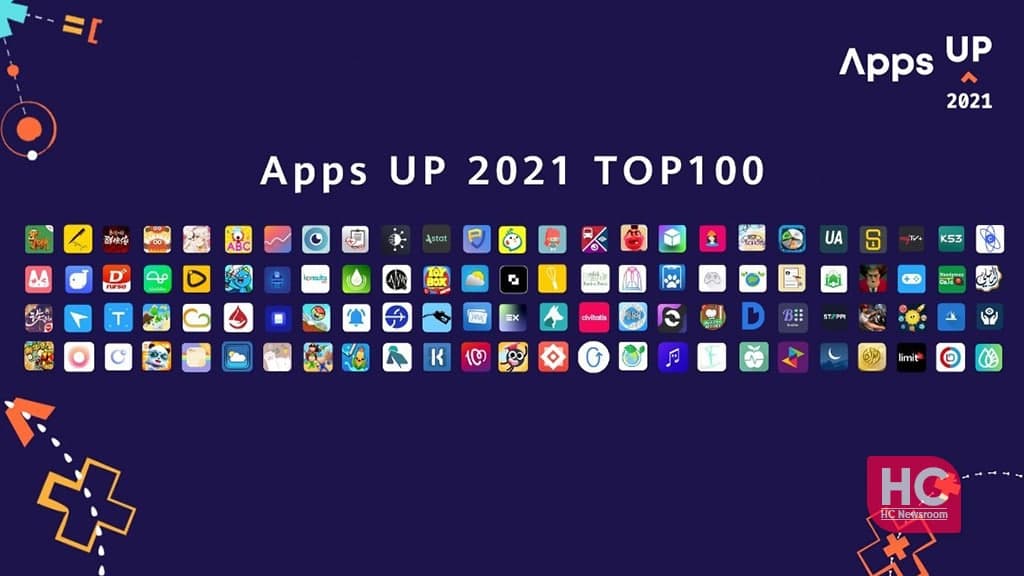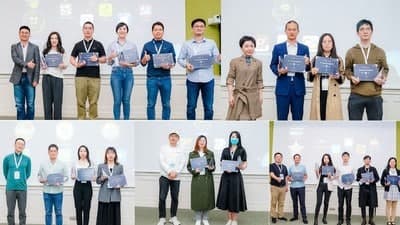News
2021 Huawei HMS App Innovation Contest reaches its end

At 2021 HDC.Together event, the 2021 Huawei HMS App Innovation Contest reaches its end. About 20 Chinese apps alongside other popular applications of various regions stood up in this contest making users intensely explore a seamless AI life experience.
Furthermore, this contest granted a pool prize of US$1 million to the winners. According to CISION, a total of 4,000 teams from over 200 countries participated in the event to explore the open capabilities of the HMS Core ecosystem.
The main focus of this contest involves the core capabilities of HMS, new innovations, and defining the future scenario of the Internet of Everything. Moreover, the company wants global developers to innovate new applications to remove the slight barrier between real and virtual, giving an extensive user experience.
Meanwhile, the jury panel consists of top software developers, technical specialists, senior investment institutions, tech media experts, non-profits organization provisions, official authorities of Internet companies.

2021 Huawei HMS App Contest: Winner List
The contest winners were declared on a regional basis including China, Asia Pacific, Europe, Latin America, the Middle East, and Africa. There was a total of 10 categories with multiple winners in each. You can check the below list for further details-
- Best App Award: FareFirst, Astat, EcoPlanet, Coresthetics, Tide
- Best Social Impact App: Plano, BanktheFood, Brailler, Blind Assistant, Dnurse
- AppGallery Rising Star App: CandyBots Alphabet ABC Tracing,
- Best Game Award: Color Ball Adventure, Toy Box Party Time, Mini-Games: Sketchbook, LittleAstro, Jade Dynasty
- All-Scenario Coverage Award: Order Words, AlMosaly
- Best Fintech Innovation Award: Smart Invoice,
- Best HMS Core Innovation Award: Land of Calm, Civitatis, SoluMath, Blind Assistant, Itinerary Assistant
- Tech Women’s Award: BloodBank, Kustom Widget, Mujer Ingeniera, AlMosaly, AR Dinosaur World
- Excellent Student Award: Paws, Clover, Handyman Calculator
- Honorable Mention: BookDoc, Expose by Vimage, CVitae, Droppa, Text Grabber
Tide, which aims to help users sleep, meditate, relax, and focus won the best app award from China. Likewise, every application has its own aesthetic that made it win in the 2021 Huawei HMS App Contest.

(Image Credits: CISION)
According to the reports, by the end of September 2021, HMS Core has exceeded 173,000 applications contributed by 5.1 million developers around the world. Furthermore, the official launch of HMS Core 6 has brought more keys to open the HarmonyOS capabilities.
Overall, HMS aims to become a passageway to connect the consumers, developers, and third-party service providers for a more prosperous user experience.






